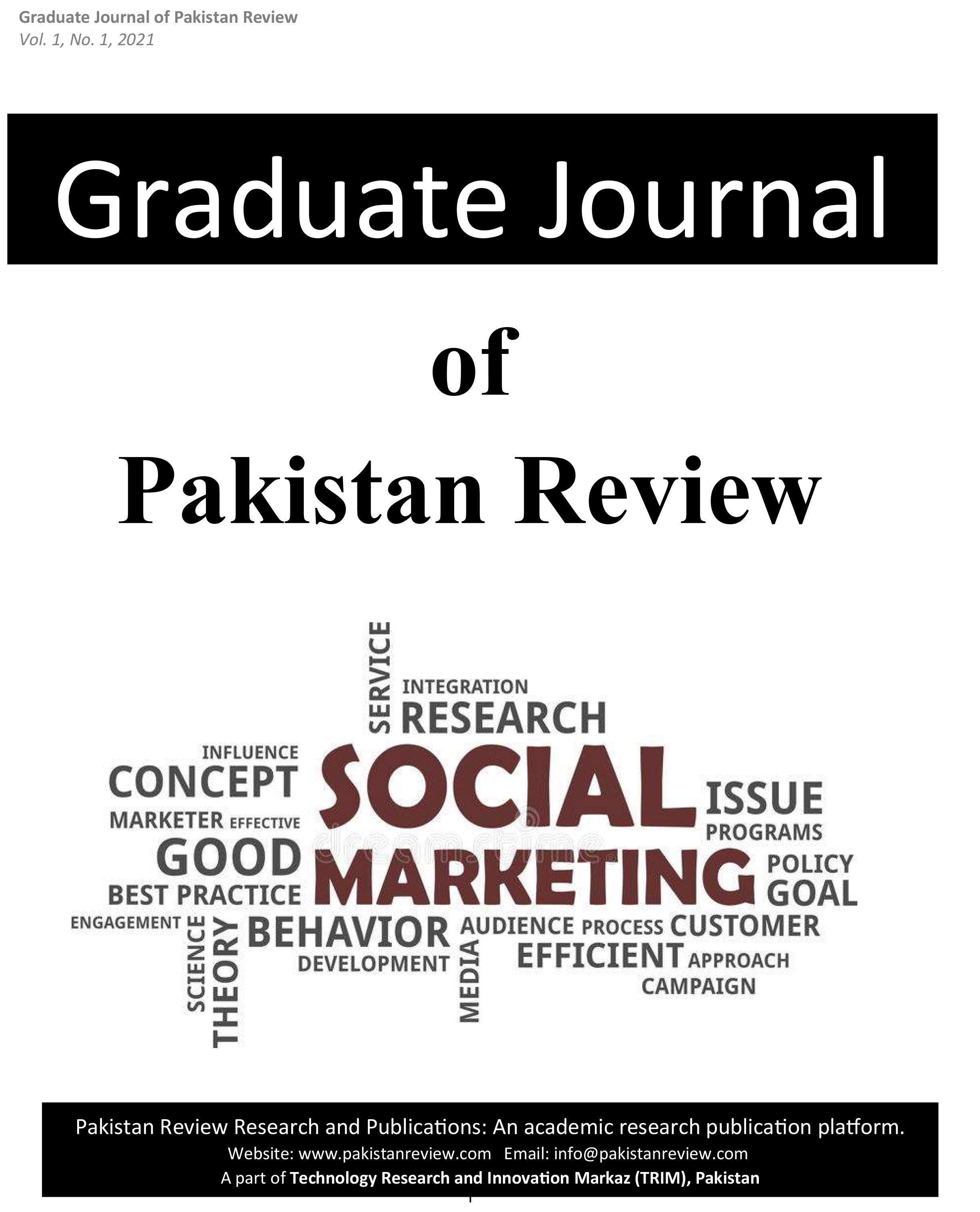Terrorism in Pakistan
Abstract
Research on terrorism has long been criticized for its inability to overcome enduring methodological issues. These include an overreliance on secondary sources and the associated literature review methodology, a scarcity of statistical analyses, a tendency for authors to work alone rather than collaborate with colleagues, and the large number of one-time contributors to the field. However, the reviews that have brought these issues to light describe the field as it developed until 2007. This article investigates to what extent these issues have endured in the 2007–2016 period by constructing a database on all of the articles published in nine leading journals on terrorism (N = 3442). The results show that the use of primary data has increased considerably and is continuing to do so. Scholars have also begun to adapt a wider variety of data-gathering techniques, greatly diminishing the overreliance on literature reviews that was noted from the 1980s through to the early 2000s. These positive changes should not obscure enduring issues. Despite improvements, most scholars continue to work alone and most authors are one-time contributors. Overall, however, the field of terrorism studies appears to have made considerable steps towards addressing long-standing issues.
Published
Issue
Section
License
Submission Declaration
Authors retain the copyright to their work and grant the Graduate Journal of Pakistan Review (GJPR) the right of first publication under a Creative Commons Attribution 4.0 International (CC BY 4.0) license. This license permits others to share, adapt, and redistribute the work for any purpose, including commercial use, as long as appropriate credit is given to the original authors and the journal.
By submitting a manuscript, authors confirm that the work has not been published previously (except as an abstract, lecture, or academic thesis), is not under review elsewhere, and has been approved by all authors and relevant authorities. Once accepted, the article will be openly accessible under the CC BY 4.0 license, allowing wide dissemination and reuse with proper attribution.





